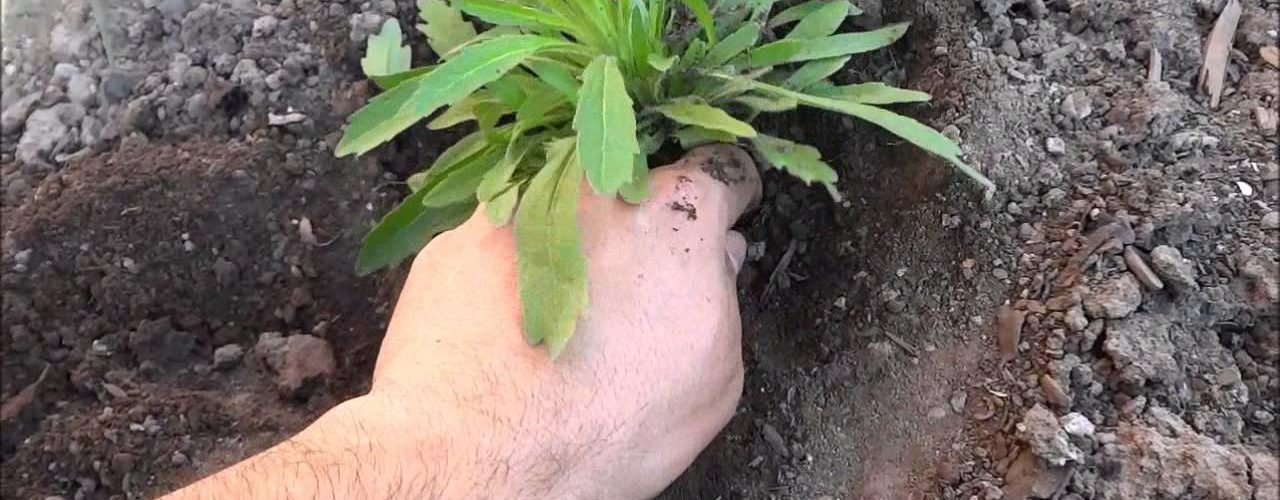With spring and summer come flourishing trees, plants, and shrubbery in their many vibrant colors. In a four season state, they are a welcome sight, but more often than not, they are accompanied by a menace. In the lush green grass, and the blooming flower beds, weeds like to create havoc and destruction amongst the beauty. Weeds of all shapes and sizes pop their heads out and ruin the view, but more than that, they are likely strangling the roots of their neighboring plants. And so the time must come for some serious weed extraction. There is a huge variety of weeds in existence and some are easier to remove than others. But if you are looking to remove the menaces manually, there is a way to do so effectively.
Preparing the soil may not be the first thing you think of doing when you are about to weed, but you can actually make your job easier. Wetting soil will loosen the roots of your weed. Therefore, moisten the soil with a watering can, sprinkler, or spray hose, but do not over water and make it muddy. Then allow the water to soak the roots before beginning the extraction process.
While waiting for the soil to moisten, grab your tools. You will need a garden fork and a trash bag and some gardening gloves. A garden fork is best used for extracting weeds because it acts like a hand with fingers. It can assist is loosening the soil around the weed without breaking the roots. The trash bag is necessary because you will want to discard the extracted root immediately. If you lay the root on the ground, its seeds will likely drop and germinate; defeating the purpose of your hard work.
Wearing gloves is a very important part of pulling weeds. Not only does it keep your hands clean, but it protects from injuries. Some weeds have tiny prickles. Additionally, you want to avoid any contact with poison ivy or oak, depending on your location. Finally, wearing gloves will add grip to your pull, so choose gloves that have rubber palms.
When it’s time to pull the weed, grab it with one hand and take your garden fork with the other. Loosen the earth around the weed using the garden fork, allowing enough distance to reach the end of the roots. The idea is to pull the whole weed up with its roots intact. In some cases, this is not as easy as it sounds.
Once you have a good grip on the weed and the earth around it is loosened, twist the head of the root gently and pull slowly. If the roots show some resistance, loosen the location that’s sticking and twist again. Twisting the root out of the ground works better than yanking the root out. It is important to try not to break the roots because those remnants will re-grow and produce another weed in its place.
Once you have successfully removed the weed, discard of it immediately. Don’t even shake the earth loose off the roots as that motion will most likely send seeds flying. After discarding the weed, take the garden fork and break the earth where the weed sat. It is important to check that there are no broken roots remaining. When you are certain there are no remaining roots, close up the hole by combing the soil with your garden fork. Move on to the next one.
Ideally, you should to get a handle on your weeds early. The longer you leave them, the more will grow, the larger they will grow, and the more daunting the task will be.



